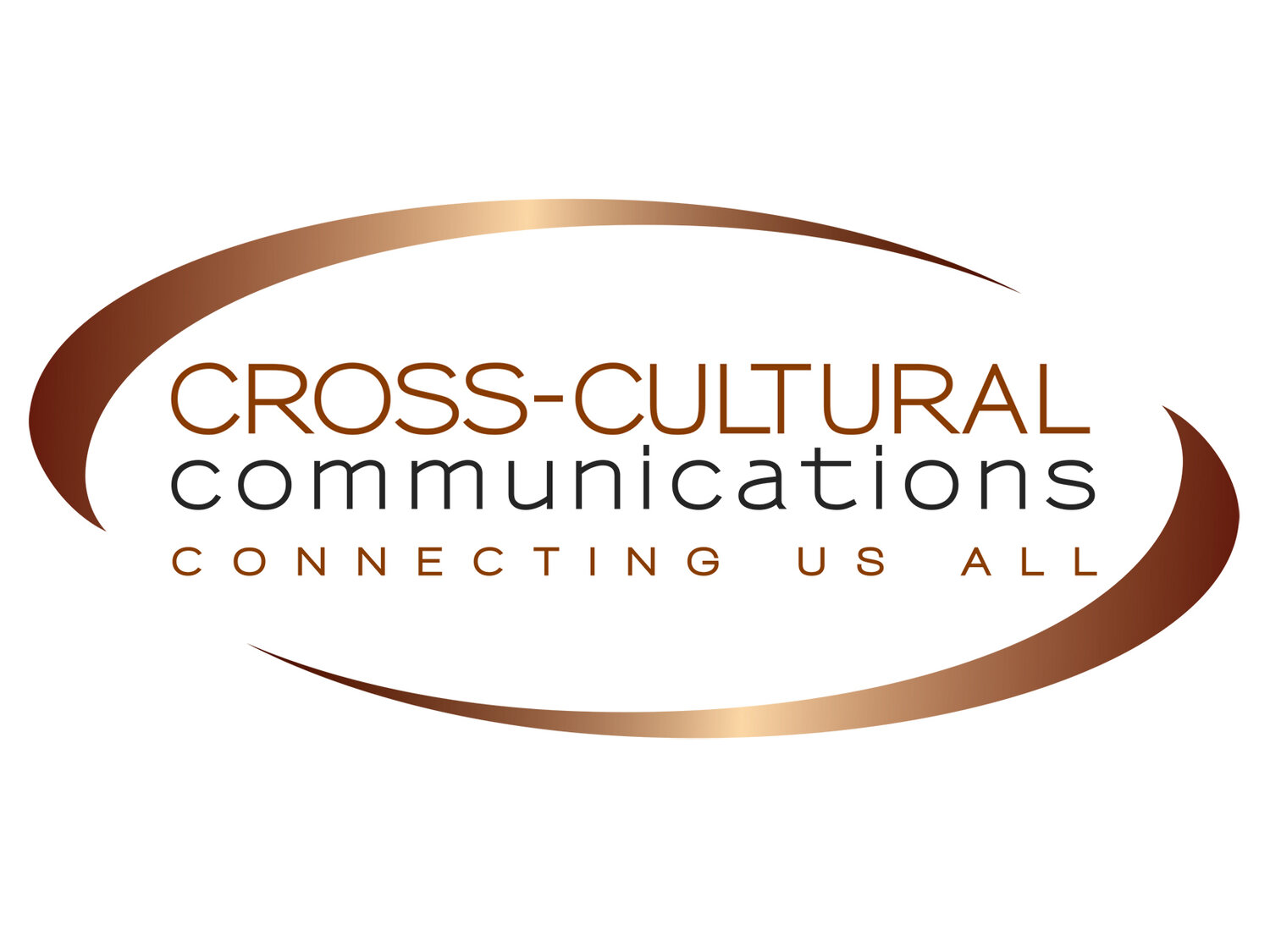Interpreting Modalities
An interpreting modality is the means for the delivery of interpreting. Technology has enabled the profession to move beyond face-to-face sessions with remote interpreting now commonly found in a variety of settings. Remote consists of OPI (over the phone interpreting) and VRI (video remote interpreting) modalities.
Face-to-face Interpreting
Considered the most “traditional” modality, face-to-face interpreting consists of the interpreter being in the same room as the client and service provider. In some situations, the same interpreter may accompany the client to various appointments in a single day or over a period of time. Face-to-face interpreting allows the interpreter to better see and interpret body language yet it limits how many assignments an interpreter can cover on a daily basis. Also, it may be difficult to provide an on-site interpreter for languages of lesser diffusion (LLDs). In this instance, remote interpreting may be the solution.
OPI Interpreting
Over the Phone, or telephone, interpreting, usually involves an interpreter working from a call center or from his/her own home. Service providers can usually access interpreting services in hundreds of languages at a moment’s notice, but the work itself is more difficult for the interpreter. OPI interpreters cannot see body language or gestures and therefore must rely more on tone. However, interpreters are able to cover more assignments on a daily basis and have reduced travel expenses.
VRI Interpreting
Video Remote Interpreting shares many of the same pros and cons as OPI, but with improved technology interpreters are once again able to use body language and gestures to aid their work. Interpreters may work in centers or from home, but they must make sure to have a strong internet connection and high-quality video set-up.




